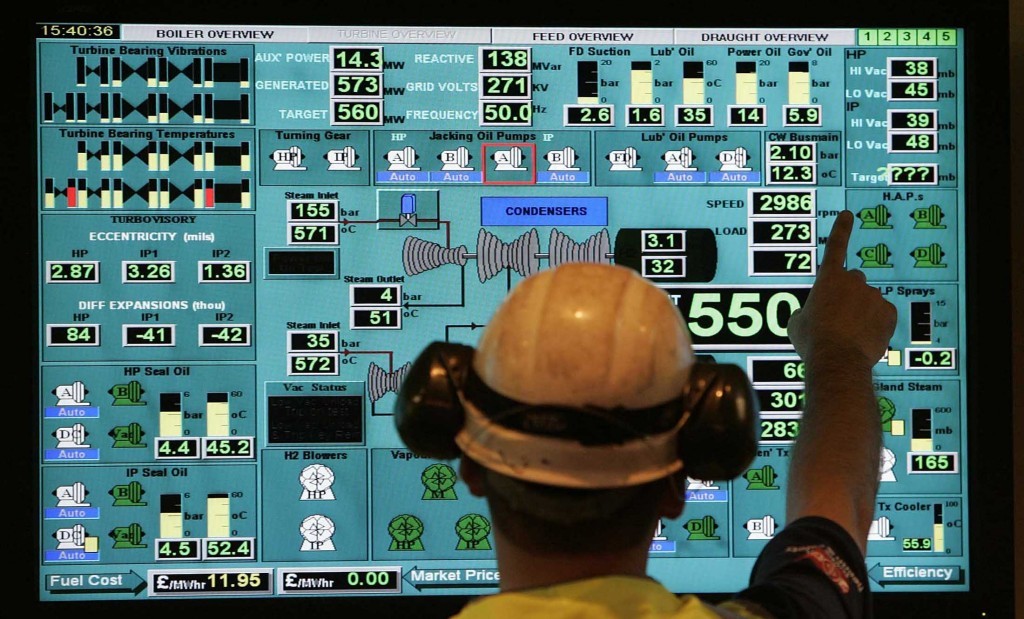
The Scottish Government will do everything in its power to prevent the premature closure of Longannet, the Deputy First Minister has pledged.
John Swinney was speaking in advance of a visit to the troubled Fife power station, which will close by the end of March next year unless it secures a short-term National Grid contract.
A decision on the contract, which is to help maintain voltage levels in the electricity supply from April 2016 to October 2017, is expected by the end of the month.
The Scottish Power-operated coal-fired station is under pressure from new European Union environmental legislation and carbon taxation combined with higher transmission charges to connect to the grid due to its location in Scotland.
Neil Clitheroe, chief executive of retail and generation at Scottish Power, told Holyrood’s Economy, Energy and Tourism Committee last week that the company had hoped to keep the plant going to 2020 but even if it were to win the National Grid bid it would only provide the plant with a year or two’s grace.
Mr Swinney said: “Longannet plays a key role in security of electricity supply, voltage control and ’blackstart’ capability as well as supporting over a thousand jobs and benefiting the Fife and wider Scottish economy.
“The Scottish Government is determined to do all that we can to avoid the premature closure of Longannet and our dialogue with National Grid and the UK Government has been focused on that objective.”
Scottish generators, including Longannet, account for around 12% of the capacity connected to Britain’s high-voltage electricity network – but pay around 35% of the charges, according to the Scottish Government.
Mr Swinney said: “This situation illustrates why Scotland must no longer accept a position where our levels of electricity security are threatened by UK energy policies.
“National Grid say that proposed changes will reduce charges by one third but Longannet’s charges are forecast to increase from £40 million this year to £51 million in 2017 and 2018.
“That is why Longannet is threatened with premature closure and why jobs and investment are being lost to Scotland under the current UK regime.”
Questions have been raised about the security of Scotland’s electricity supply in the event of the power station’s closure.
Mr Swinney said Government advisers believe assumptions made by National Grid “may be over optimistic”.
He called on the National Grid and the UK Government to publish information on the impact of Longannet’s closure.
The Deputy First Minister said: “Given the significance of Longannet’s potential closure, it is in the public interest that all information relating to Scotland’s security of supply position is placed in the public domain, and is subject to independent scrutiny.”
WWF Scotland director Lang Banks said: “The Deputy First Minister is absolutely right that information about Scotland’s energy supply should be in the public domain.
“However, from the evidence given to the Scottish Parliament’s Energy Committee last week, it is now very clear that thanks to the massive growth in Scotland’s renewable power output and planned upgrades to the transmission network, the lights will not go out when Longannet eventually closes before the end of the decade.
“Even if Longannet were to close in 2016, the National Grid is already taking steps to ensure grid stability.”
Recommended for you
